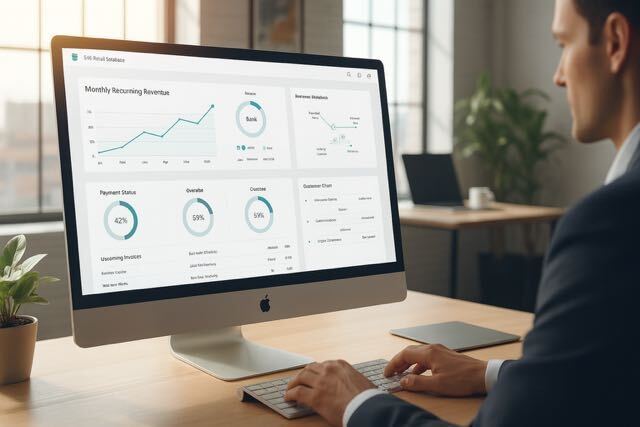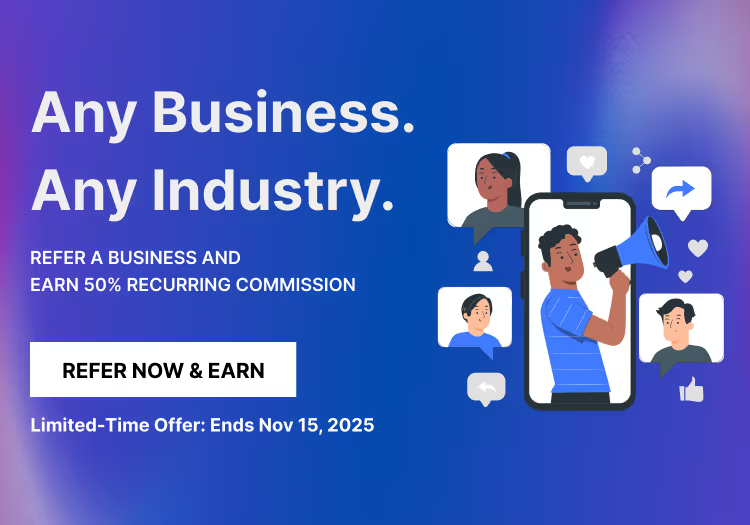7 Steps for MSPs to help you choose the right prospects

Prospecting is about creating a meaningful conversation with ‘prospects’ that may or may not lead to sales.
And as a modern MSP, it has become a habit to maintain a full sales pipeline irrespective of the quality of the prospect. In fact, the same is always encouraged!
While all this may seem pretty natural, filling your sales pipeline with prospects who are not very beneficial for your business, compromises the quality of your pipeline and the ability to foresee the future.
And in cases like these, you’ll find it difficult to focus on the best prospects and will end up using your time and efforts for administrative tasks rather than closing deals.
Irrespective of the fact that doing sales is crazy and involves a lot of pressure, filling your sales pipeline with high-quality prospects/leads is necessary.
Less is more. Too much and you’ll start ruining your hard work.
Prospecting pitfall that MSPs face?
One of the major prospecting pitfalls that MSPs face and must avoid is spending too much time chasing prospects who do not match their ideal customer’s profile.
We understand cold outreach is not easy, but it is important to direct your efforts in the right direction (or for qualified leads) when getting in touch with your prospects, as mismatched prospects will clutter your pipeline and make it difficult for you to focus on the necessary aspects.
What is lead qualification?
Lead qualification is the process of finding the right prospects when you approach a group of prospects/leads. Lead qualification is not as complex as it sounds and can be performed using a checklist we have curated below.
You pre-qualify your leads and turn tips into practical actions before making an effort to communicate with your prospects, thus saving time and focusing on the important prospects.
The lead qualification checklist
Here we mention 7 steps that will help you qualify your leads at the initial stages better without much effort.
Does the prospect look like your best customer?
Take a look at your existing customers and compare them with the prospect. Collect certain data points that define your ideal prospect.
- Industry
- Company size
- Number of employees
- Annual revenue
- The persona of decision-maker(s)
- Geography
Once you have compared and gathered details about your prospects, you can estimate whether the prospect would be interested in your product/services, or your ideal customer to approach.
Does the prospect’s profile match your success/growth profile?
Examine the prospect’s behavior, patterns, and preferences to that of your existing customers. Form a list of lookalike prospects and try to influence their purchase decisions.
- Attitude towards any change(s)
- Factors that influence decisions
- Patterns of decision making
- Length of their buying cycle
- Impact of internal influencers
- Roadblocks or objections
- Year-on-year growth
Pre-qualify and prioritize
Set qualifying criteria to determine if the prospect is worth the time and effort. And to do so, the BANT (Budget, Authority, Need, Timing) qualification is a good point to start. It is not a final checklist but it helps you to evaluate the condition of your prospect. So, do your homework before you reach out to your prospect.
- Budget: Analyse the size of the business, turnover, and your prospect’s expenditure.
- Authority: Determine your prospect’s level of influence.
- Need: Similarity between your prospect and an existing customer.
- Timing: Analyse the buying cycle and evaluate the needs.
Understand your prospect’s pain points
Understanding your prospect’s pain points can be helpful at every stage of the sales pipeline. When you analyze the prospect’s pain points, you understand if your product/service can address their problems and provide a solution.
Leverage your network
Your existing customers are your advocates. If they are happy with your service, they would not mind recommending your business to their acquaintances. Before you funnel your prospects, always approach your existing customers for referrals.
Upsell or cross-sell
As your existing customers already trust you, try to sell them services that you haven’t already offered. However, check before if they are in need of your services/product. This way you can focus more on upselling rather, classifying the prospects.
Capitalize on personal intimacy
As an MSP, you might have previous encounters with acquaintances in your field at events, meetings, social media, or other forms. Pitch to these acquaintances who can be your prospects. Be social and make engaging conversations with your target prospects.
Conclusion
Understanding your prospects is pivotal when you plan to segregate them as the right and not-so-right customers. As an MSP, it is not always easy to read your prospects but, we have to put in some effort and time to get in pace. Once we get a hold of understanding prospects, the task becomes easy.
Prioritize your leads, optimize your time, enhance your sales performance, and create a great MSP community.





.png)









